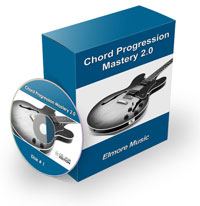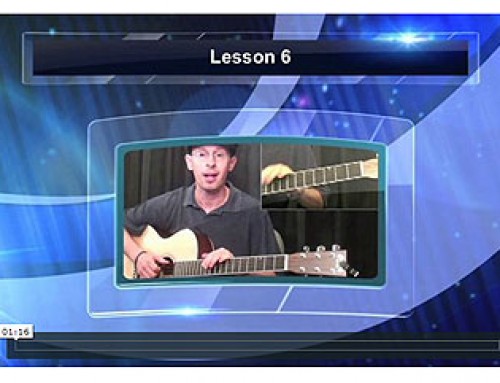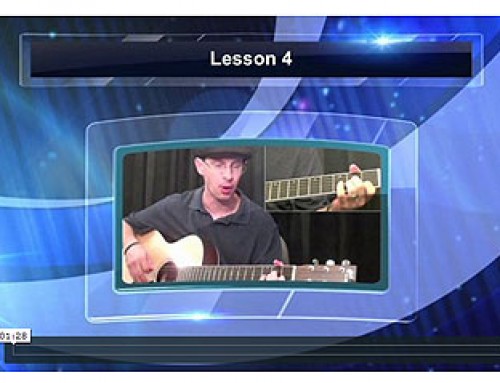Music tends to naturally move in fourths.
It’s probably the strongest system of movement our ears perceive so of course, it makes sense to dedicate a few lessons to the concept!
Example 1 is in the key of C. It starts by moving to the 6th scale degree and applying a dominant 7.
The progression than moves in fourths: A – D – G – C. It’s important to note that the A7 is the “5” chord in D minor so the resolution is natural.
Ex.1
C A7 Dm7 G7 E|--------------------------------------------| B|--5-------5----------6---------3------------| G|--5-------6----------5---------4------------| D|--5-------5----------7---------3------------| A|--3------------------5----------------------| E|----------5--------------------3—-----------|
Example 2 executes the same concept in the key of G. The progression also utilizes
open shape chords.
Ex.2
G E7 Am7 D7 E|--3---------0-----------0-----------2-----| B|--0---------0-----------1-----------1-----| G|--0---------1-----------0-----------2-----| D|--0---------0-----------2-----------0-----| A|--2---------2-----------0-----------------| E|--3---------0-----------------------------|
 Learning guitar chord progressions is one of the most frustrating times for guitarists.
Learning guitar chord progressions is one of the most frustrating times for guitarists.
Your fingers are new to the fretboard and the strings, just getting the correct fingers into the correct position can be a chore.
I can assure you all the effort, cursing and determination is worth it because chord progressions are one of the most important aspects of guitar playing.
Almost every piece of music ever written works by organizing chords into groups called chord progressions. Chord progressions are the basis of playing guitar. They set a basic foundation of rhythm.
Sounds quite complex and difficult just to begin with and you haven’t even started learning it yet.
With the right guidance you can make chord progressions fun, easy and improve your playing all at the same time.






Leave A Comment